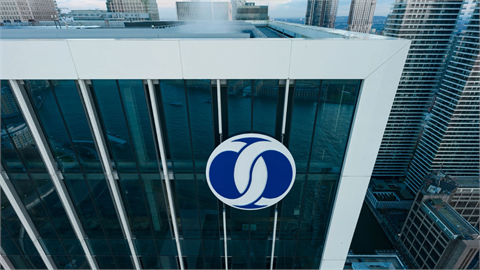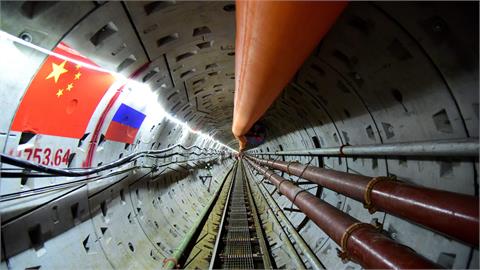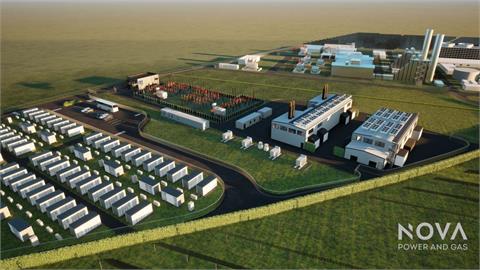Discovered in 2000, the world’s most expensive standalone oil project,
which took 50 bn dollars to be developed, finally started producing oil last year –
almost a decade later than had been first envisaged by the seven-member
consortium behind the project. The partners include Eni,
Royal Dutch Shell and Total.
But Kashagan, dubbed ‘cash-all-gone’ by industry watchers, is still not
producing the hoped for volume of oil. In fact, it is currently sitting idle.
The latest twist in the project’s history came in October when output was halted after a leak in a pipeline that transports a toxic gas associated with the oil to an onshore processing centre. It remains unclear when production will resume. The results of an investigation into what went wrong, together with a new development plan for the field, are due at the end of this month.
Sauat Mynbayev, chairman of Kazakhstan’s state energy company KazMunaiGas, said this week that the restart of the field would probably happen in the second half of this year. "However, we should speak about it in terms of probability, and not talk about the volume of extraction yet,” he added. Analysts believe the field is unlikely to produce more than 100,000 barrels a day when it does come back on stream. To put that figure in perspective Kashagan was expected to produce 180,000 b/d in its initial phase before ramping up to 370,000 barrels a day by the start of 2015. (Once all three phases of the project are completed – at some point over the decade – the field is expected to yield more than 1m b/d).
"Given the extremely harsh winter, our expectation is for Kashagan to ramp up in the second half of 2014 at the earliest, although there is a growing risk that the field’s start will be pushed back to 2015,” Energy Aspects, a consultancy, wrote in a recent report. "Thus the field is set to disappoint relative to market expectations and will not be a source of growth in our view.” The infrastructure at Kashagan is built on artificial islands to avoid damage from ice in waters that freeze for five months a year in temperatures that can drop to minus 30 degrees.
Adding an extra layer of complication is the make-up of the consortium. No one partner has a big enough stake to take control, which has slowed down the decision making process, say analysts. Politics have also proved challenging with the consortium forced to renegotiate its contract with the Kazakh government several times. What return the partners make will depend on the oil price. Analysts say projects in the former Soviet Union sit at the higher end of the cost curve and typically require prices of about $100 a barrel to break even. However, Kashagan is reckoned to be much lower.



